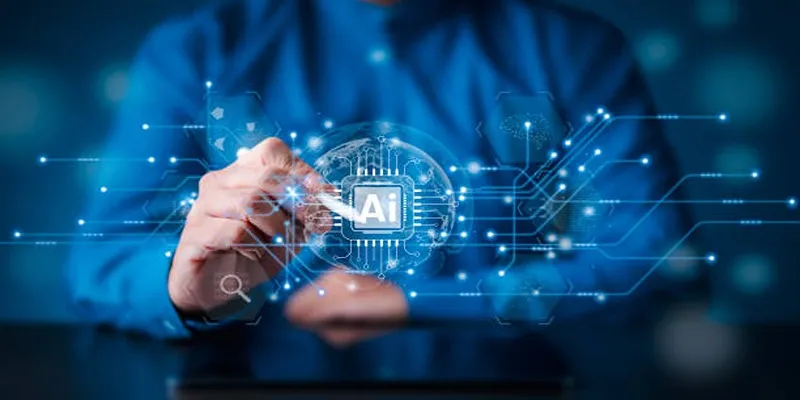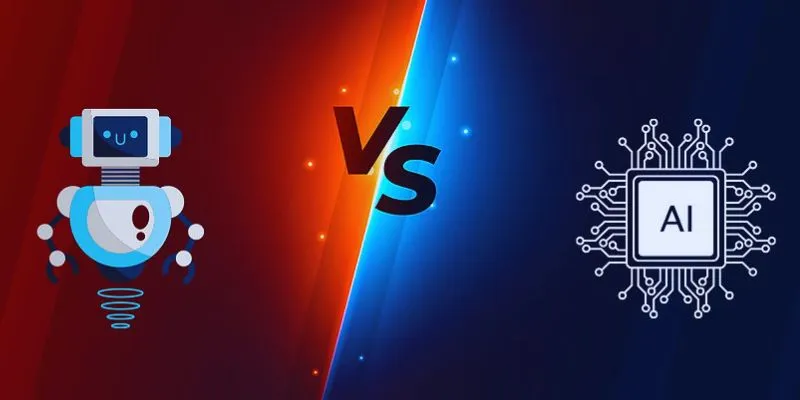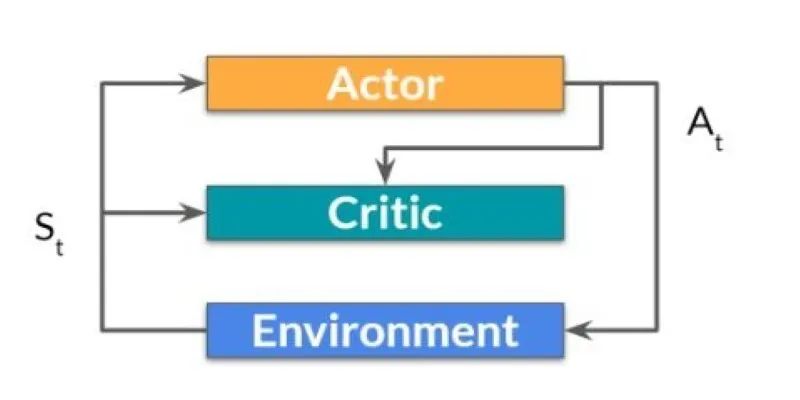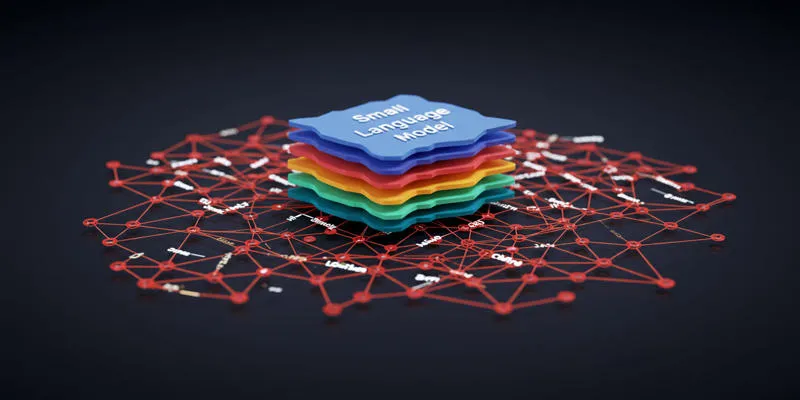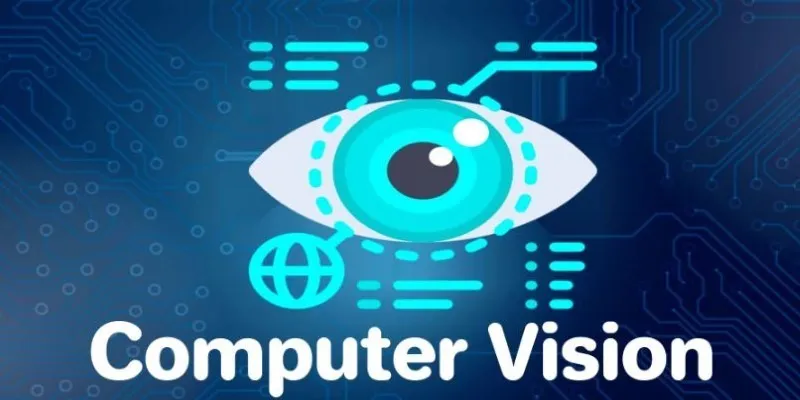Generative Adversarial Networks (GANs) have revolutionized artificial intelligence by opening up entirely new possibilities. Initially celebrated for their ability to create lifelike images, GANs now extend their capabilities into diverse industrial applications far beyond visual effects or entertainment. When combined with expert insights and good intentions, GANs serve as powerful tools to drive meaningful outcomes across industries.
What Are GANs and How Do They Work?

GANs are a class of AI systems composed of two neural networks that work in opposition, hence “adversarial.” These networks include:
- Generator: Creates synthetic data that mimics real-world data.
- Discriminator: Evaluates the generator’s output to determine if it is synthetic or real.
Through this adversarial process, GANs progressively improve, generating increasingly realistic data. This unique mechanism holds immense potential for solving complex problems innovatively.
1. Transforming Healthcare With Better Diagnostic Tools
GANs are reshaping healthcare by generating high-quality datasets that enhance diagnostic accuracy and support medical research. A significant challenge in medical imaging is the limited availability of annotated datasets for training AI models. GANs address this by producing synthetic medical images, thus expanding datasets while maintaining patient privacy.
Applications in Diagnostic Imaging
GANs can create realistic medical scans, such as X-rays, MRIs, and CT images, which:
- Improve diagnostic AI tools without compromising sensitive patient data.
- Assist in training algorithms for rare diseases that lack sufficient real-world data.
Researchers have successfully utilized GANs to generate synthetic brain tumor images for training models aimed at early tumor detection. These models have increased diagnostic accuracy in clinical trials, potentially saving thousands of lives.
Reducing Bias in Data
GANs can help address biases in existing datasets. For instance, they can generate a more diverse dataset of skin conditions across different skin tones, enhancing AI models’ performance in diagnosing conditions for underserved populations.
2. Advancing Environmental Sustainability
The fight against climate change requires innovative solutions, and GANs are contributing uniquely to environmental science. From optimizing renewable energy systems to monitoring deforestation, GANs provide actionable insights that bolster sustainability efforts.
Climate Change Simulations
GANs are employed to model and simulate weather patterns, aiding scientists in predicting climate change effects with increased speed and accuracy. For example, GANs can:
- Generate high-resolution images of future weather scenarios.
- Offer detailed insights into sea-level rise, heat waves, and drought patterns.
These simulations enable policymakers to make informed decisions based on highly accurate data, supporting proactive climate action.
Recycling and Waste Management
GANs are improving recycling facilities by training waste-sorting robots with GAN-generated datasets, leading to more efficient systems that reduce landfill waste.
Example Insight: Companies have developed GAN-trained models to accurately detect and sort recyclable materials, significantly reducing costs and advancing the circular economy.
3. Revolutionizing Education and Training
GANs are not only transforming industries but are also redefining how people learn and train. Educational institutions and corporations are leveraging GANs to create customized, engaging learning experiences.
Virtual Training Environments
One of the most exciting applications of GANs is in developing virtual training environments for high-stakes professions. For instance:
- Medical Training: GAN-generated surgical scenarios allow medical students to practice in ultra-realistic conditions without risking patient safety.
- Aviation Training: Pilots use simulated flight paths created by GANs to gain experience in navigating challenging weather or emergency situations.
This immersive approach enhances training effectiveness while reducing costs and logistical barriers.
Enhancing Accessibility in Education
GANs are also making education more accessible. For example, they can:
- Generate synthetic speech and animated avatars for personalized virtual tutors.
- Translate and adapt educational materials into multiple languages or formats for learners with disabilities.
By breaking down access barriers and creating more inclusive learning opportunities, GANs are proving to be a transformative force in education.
How GANs Are Shaping the Future
From advancing medical diagnostics to addressing climate change and revolutionizing education, GANs are powerful tools for positive change. Their ability to generate realistic synthetic data unlocks possibilities that were once unthinkable.
These examples highlight that the true potential of GANs extends beyond flashy visuals or viral AI tools. Their greatest impact lies in solving critical real-world problems.
Challenges and Considerations

While GANs offer tremendous potential, they also present significant challenges:
Ethical Concerns
The ability to generate highly realistic synthetic content raises concerns about deepfakes, misinformation, and copyright infringement. Ensuring responsible use of this technology is crucial to prevent harm.
Data Quality and Bias
GANs rely heavily on training datasets. If data contains biases or lacks diversity, the outputs may perpetuate or even amplify these issues. It is essential for researchers and developers to prioritize high-quality, representative datasets to avoid unintended consequences.
Computational Costs
The training process for GANs is resource-intensive, requiring significant computational power and energy. This limitation can hinder smaller organizations or individuals from utilizing GAN technology, potentially widening inequalities in access to advanced tools.
Regulation and Governance
Effective regulation is necessary to address the risks associated with GANs, including their ethical and societal impacts. Policymakers and industry leaders must collaborate to establish guidelines that promote fairness, transparency, and accountability in the use of this powerful technology.
Conclusion
GANs hold the potential to revolutionize numerous industries, from entertainment and gaming to healthcare and manufacturing. However, their widespread use also poses ethical challenges that must be addressed. By understanding the capabilities and limitations of GANs, we can work towards harnessing this technology for positive change while mitigating potential harms. With responsible regulation and governance, GANs can usher in a new era of innovation and creativity for our society.
 zfn9
zfn9



